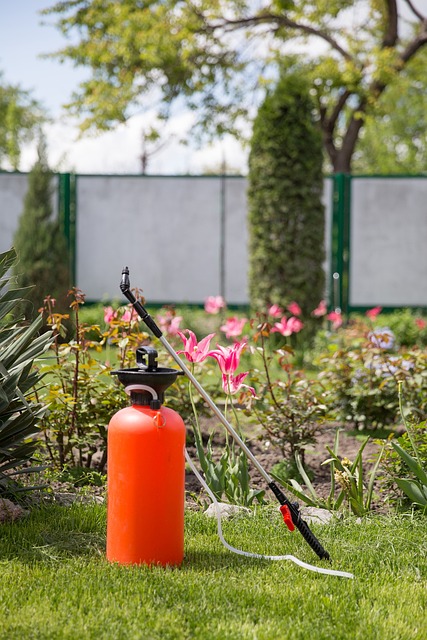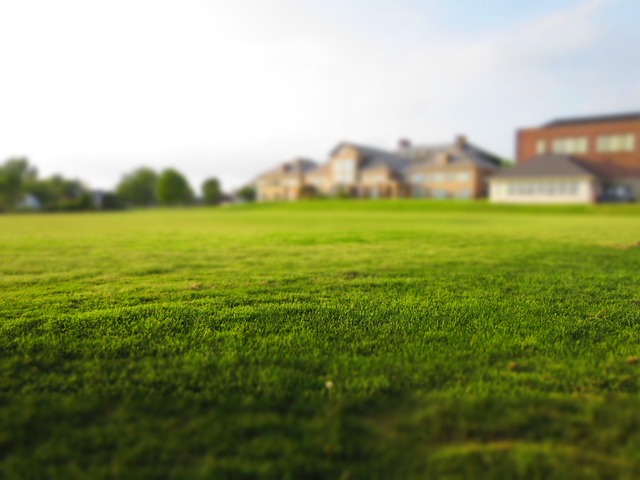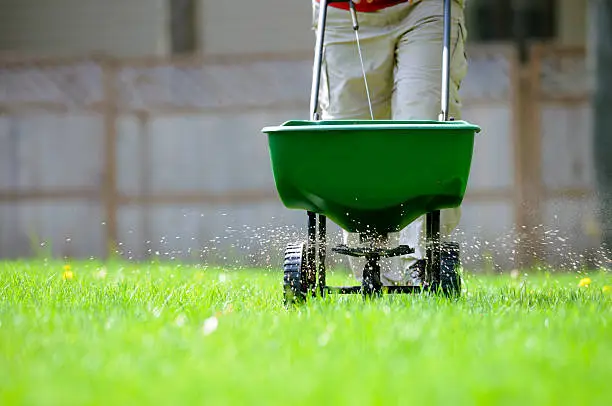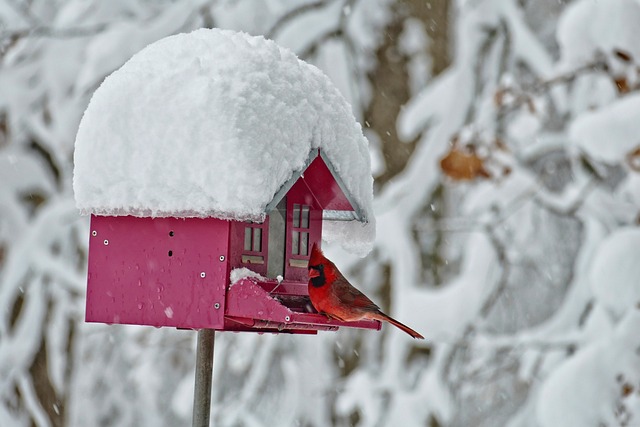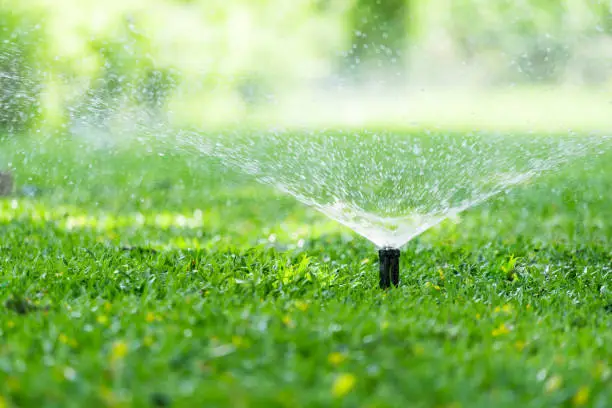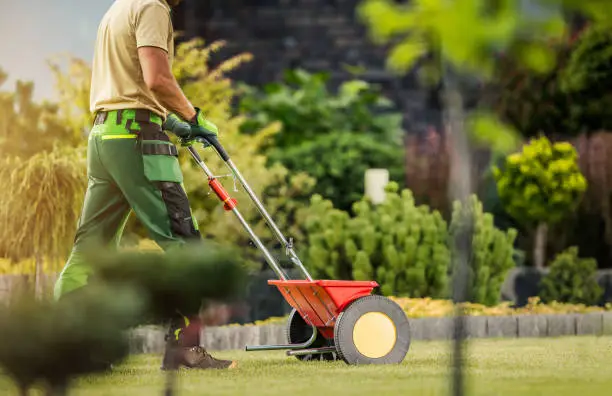The Best Ways To Get Rid Of Weeds In Your Rochester Mn Lawn
We all dream of a lush, green lawn, but the reality is that weeds can quickly invade and disrupt our idyllic landscapes. In Rochester, MN, where the weather can be quite unpredictable, effective weed control is essential to maintain a healthy and beautiful lawn. In this comprehensive guide, we will explore the best ways to identify, assess, and control weeds in your Rochester lawn, while considering whether chemical control measures are necessary.
The best way to control weeds in a lawn in Rochester, MN is to use a combination of methods, including:
- Prevention: The best way to control weeds is to prevent them from growing in the first place. This can be done by maintaining a healthy lawn with thick, dense grass. Thick grass will help to crowd out weeds and make it more difficult for them to establish themselves.
- Cultural practices: There are a number of cultural practices that can help to control weeds, such as:
- Mowing at the correct height: Mowing your lawn at the correct height will help to keep the grass healthy and competitive with weeds. For most lawns in Rochester, MN, the ideal mowing height is 2.5-3 inches.
- Watering deeply and infrequently: Watering your lawn deeply and infrequently will help to encourage deep root growth. This will make your lawn more drought-tolerant and less susceptible to weed invasion.
- Fertilizing regularly: Fertilizing your lawn regularly will help to keep the grass healthy and vigorous. This will make it more difficult for weeds to establish themselves.
- Herbicides: Herbicides can be used to control existing weeds. However, it is important to choose the right herbicide for the type of weeds you are trying to control. It is also important to follow the directions on the herbicide label carefully.
Identifying the Culprits: Rochester’s Common Weeds
Before we dive into weed control methods, it’s crucial to understand the common weeds you might encounter in your Rochester lawn. By identifying these intruders, you can take targeted measures to prevent and eradicate them. Here are some prevalent weeds in the Rochester, MN area:
- Dandelion (Taraxacum officinale) – Recognized by its distinctive yellow flowers and deeply toothed leaves, dandelions are persistent invaders.
- Crabgrass (Digitaria spp.) – This grassy weed can be a headache with its clumpy growth pattern and tenacious nature.
- Clover (Trifolium spp.) – Often considered a nuisance, clover has distinctive trefoil leaves and can spread rapidly.
- Broadleaf Plantain (Plantago major) – Characterized by its broad, flat leaves, this weed can quickly establish itself.
- Quackgrass (Elymus repens) – A tough grassy weed with rhizomes, making it challenging to eradicate.
Do You Need Weed Control Measures?
Not all lawns in Rochester, MN will require the same level of weed control. Assess your lawn to determine whether weed control measures are necessary:
- Weed Density: If your lawn is overrun with weeds, action is essential. Even a few weeds can disrupt your lawn’s aesthetics and health.
- Weed Type: Certain weeds are more invasive and detrimental than others. Identify the predominant weed species to tailor your approach.
- Lawn Health: Consider your lawn’s overall health. A healthy, well-nourished lawn can naturally resist weed invasions to some extent.
Natural Weed Control Methods
Begin your weed control journey with natural and non-chemical methods. These strategies can be highly effective and environmentally friendly:
- Hand Pulling: The most traditional and time-tested method, hand pulling weeds can be surprisingly effective for smaller infestations.
- Mowing Practices: Maintaining the correct mowing height for your grass type can help suppress weeds. Regular mowing also prevents weeds from producing seeds.
- Proper Watering: Overwatering can create conditions favorable for weed growth. Water deeply and less frequently to encourage deep root growth in your grass.
- Soil Health: Healthy soil leads to a healthy lawn. Aerating and amending your soil can improve grass density, making it harder for weeds to establish themselves.
- Lawn Care Schedule: Implement a consistent lawn care routine that includes fertilization and overseeding to crowd out weeds.
When Chemical Control Measures Are Necessary
In some cases, natural methods may not be sufficient to combat a weed infestation. If your lawn faces a severe weed problem, chemical control measures may be needed. However, it’s essential to proceed with caution to minimize environmental impact and protect your lawn’s health. Consider these factors:
- Weed Type: Identify the specific weed species in your lawn. Different herbicides target different weeds effectively.
- Timing: Timing is crucial for chemical control. Apply herbicides when weeds are actively growing and vulnerable.
- Weather Conditions: Check the weather forecast. Avoid applying herbicides on windy days to prevent drift, and ensure there is no rain expected for at least 24 hours to allow the herbicide to work effectively.
Selecting the Right Herbicide
Choosing the appropriate herbicide is a critical step in effective weed control. Consult this table for guidance on common weed types and suitable herbicides in Rochester, MN:
| Weed Type | Suitable Herbicide | Application Timing |
|---|---|---|
| Dandelion | 2,4-D, MCPP, Dicamba | Early spring or fall |
| Crabgrass | Pre-emergent herbicides | Early spring |
| Clover | Triclopyr, 2,4-D | Spring or early summer |
| Broadleaf Plantain | 2,4-D, Dicamba | Spring or fall |
| Quackgrass | Glyphosate | When actively growing |
Remember, it’s essential to read and follow the herbicide label instructions carefully for accurate application.
Timing Is Everything
To ensure the success of chemical control measures, timing is crucial. Depending on the weed species, apply herbicides at the appropriate time:
- Early Spring: This is an excellent time to target many weeds before they become established. Apply pre-emergent herbicides for grassy weeds like crabgrass.
- Late Spring to Early Summer: As broadleaf weeds like dandelions and clover start to thrive, target them with suitable herbicides.
- Fall: Late summer and early fall are ideal for controlling perennial weeds, as they store energy in their roots during this period.
In conclusion, weed control in your Rochester, MN lawn requires a tailored approach that considers the types of weeds present, natural methods, and, when necessary, chemical control measures. Timing and herbicide selection play pivotal roles in your lawn’s health and beauty. Prioritize the health of your lawn, and you’ll be well on your way to a weed-free, vibrant, and thriving outdoor space.
If you have a severe weed problem, you may want to consider hiring a professional lawn care company. Professional lawn care companies can apply herbicides and other treatments to help control weeds in your lawn.
Please note: The City of Rochester has a ordinance that prohibits the use of certain herbicides on residential property. Be sure to check the city ordinance before applying any herbicides to your lawn.

